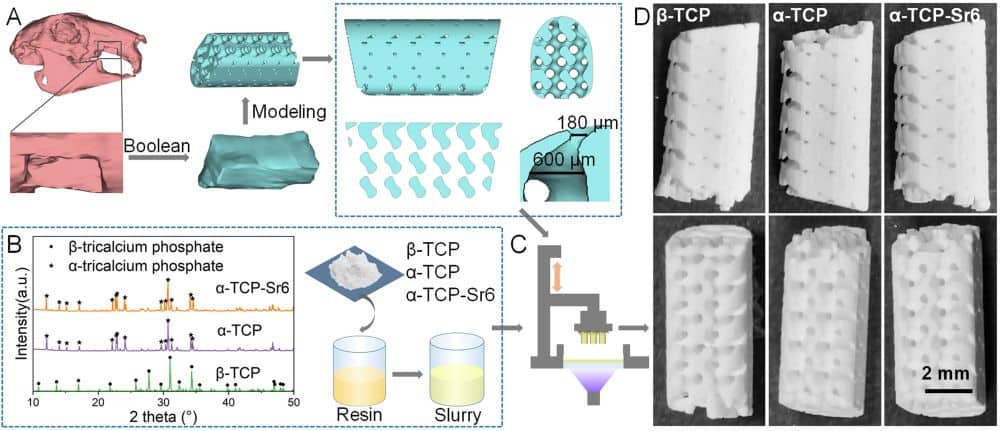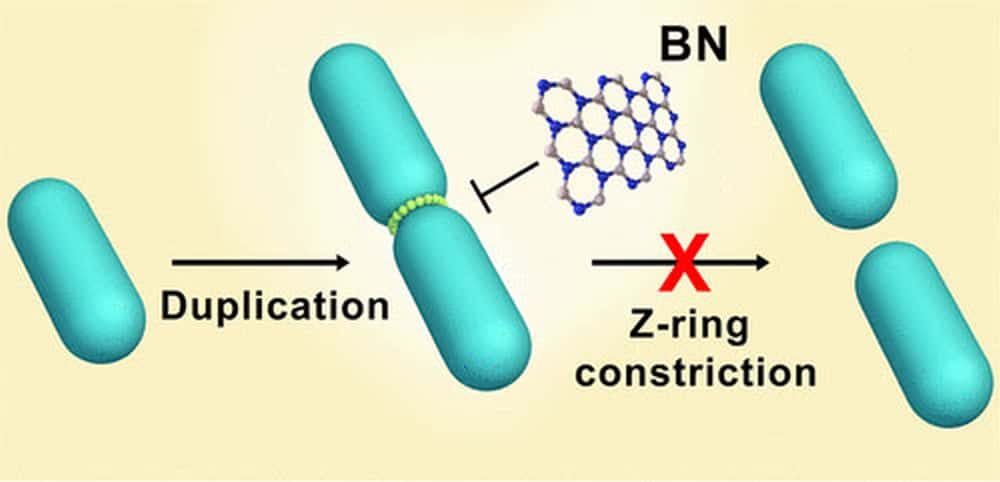Most rotator cuff repair procedures focus on the tendon, but the real problem is that the muscle degenerates and accumulates fat. University of Connecticut School of Medicine researchers led by ACerS Fellow Cato Laurencin developed a graphene-polymer matrix that induces a reversal of muscle degeneration, thereby greatly lowering the risk of rotator cuff retear injuries.
Read MoreDigital light processing is one of the most promising additive manufacturing technologies for preparing ceramic scaffolds with complicated fine features. Three recent studies by several groups in China explore the use of this technique to fabricate bioceramic scaffolds for medical applications.
Read MoreSome materials being investigated for use as antimicrobial agents face the limitation that they cannot tell the difference between bacteria and mammalian cells. Researchers led by Soochow University found boron nitride nanosheets do not face this limitation.
Read MoreThe miniaturization of implantable medical devices is necessitating development of alternative energy systems. Researchers at the University of Chicago created porosity-based silicon heterojunctions that offer an efficient and safer way to perform optoelectronic modulation of tissues.
Read MoreGlucose fuel cells allow for significant volumetric scale-down of implantable devices because they do not physically store energy like batteries. However, cells that use polymer-based electrolytes face some limitations. Researchers from MIT and the Technical University of Munich developed glucose fuel cells using a ceramic membrane that overcome these limitations.
Read MoreDisinfectants based on inorganic materials have gained much attention recently due to setbacks with organic-based disinfectants. Researchers in Spain investigated the ability of a soda-lime glass and nanoparticle-embedded clay to inactive different types of viruses.
Read MoreInhalable medicine offers several advantages over injections. Researchers in Italy explored the development of inhalable drug-loaded calcium phosphate nanoparticles for treating myocardial cells in the heart.
Read MoreSome all-ceramic dental crowns are relatively new to the marketplace, and researchers are still learning what factors affect the performance of these crowns in the long term. Researchers in Saudi Arabia investigated the effect of a coffee beverage and two whitening systems on the surface roughness and gloss of glazed lithium disilicate glass-ceramics.
Read MoreLow-level laser therapy is typically used to treat soft tissue injuries and diseases. Researchers in Brazil and Ecuador explored the potential of the technique to treat bone defects instead, specifically by improving osseointegration of implants in brown rats.
Read MoreBarriers to commercialization are not stopping scientists from developing new and improved methods for rapid testing of COVID-19. In today’s CTT, we look at three recent studies furthering research in this area.
Read More








